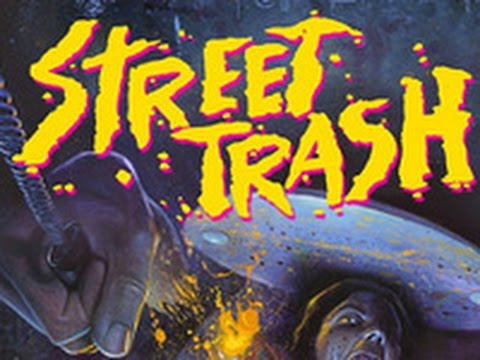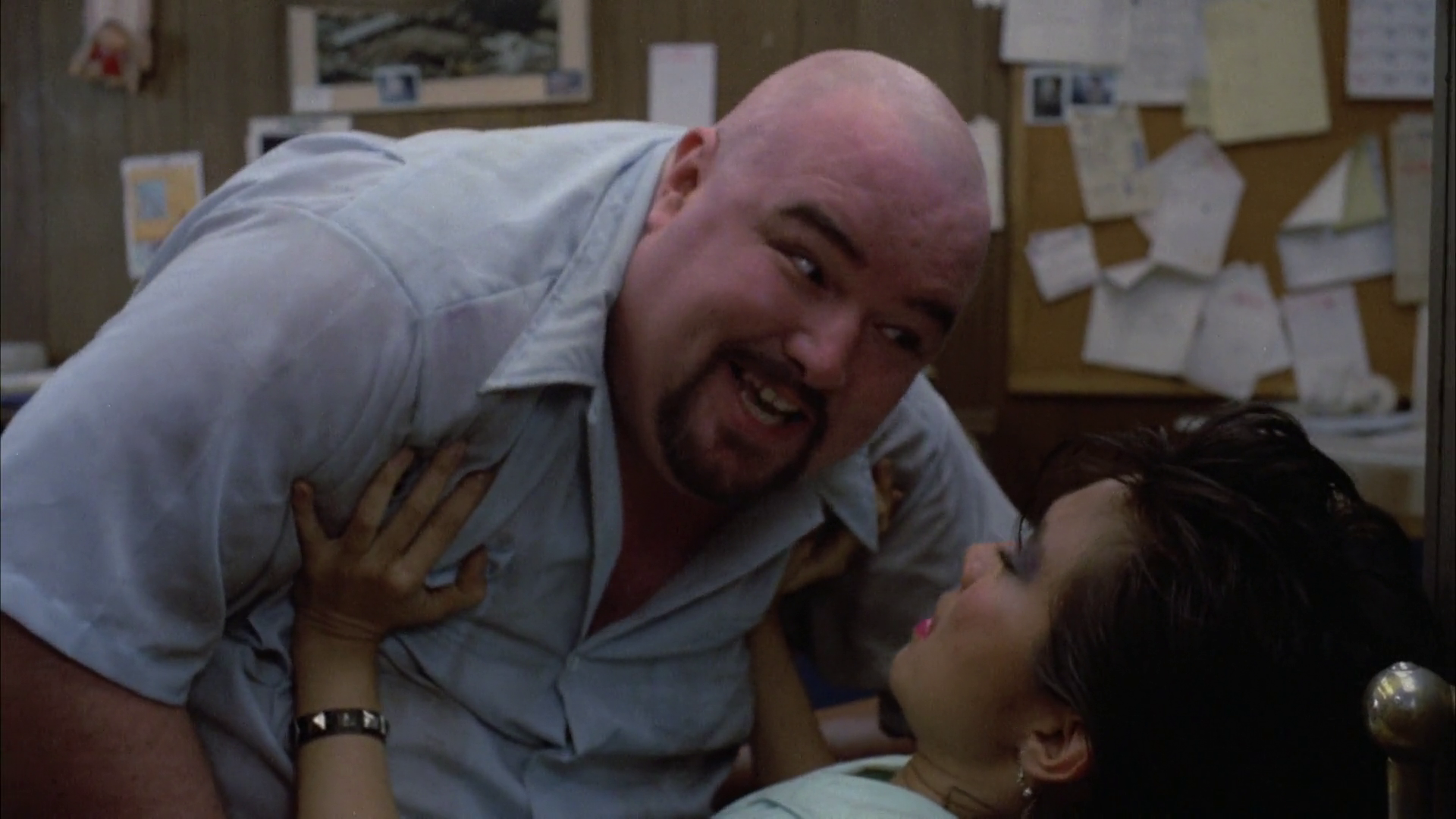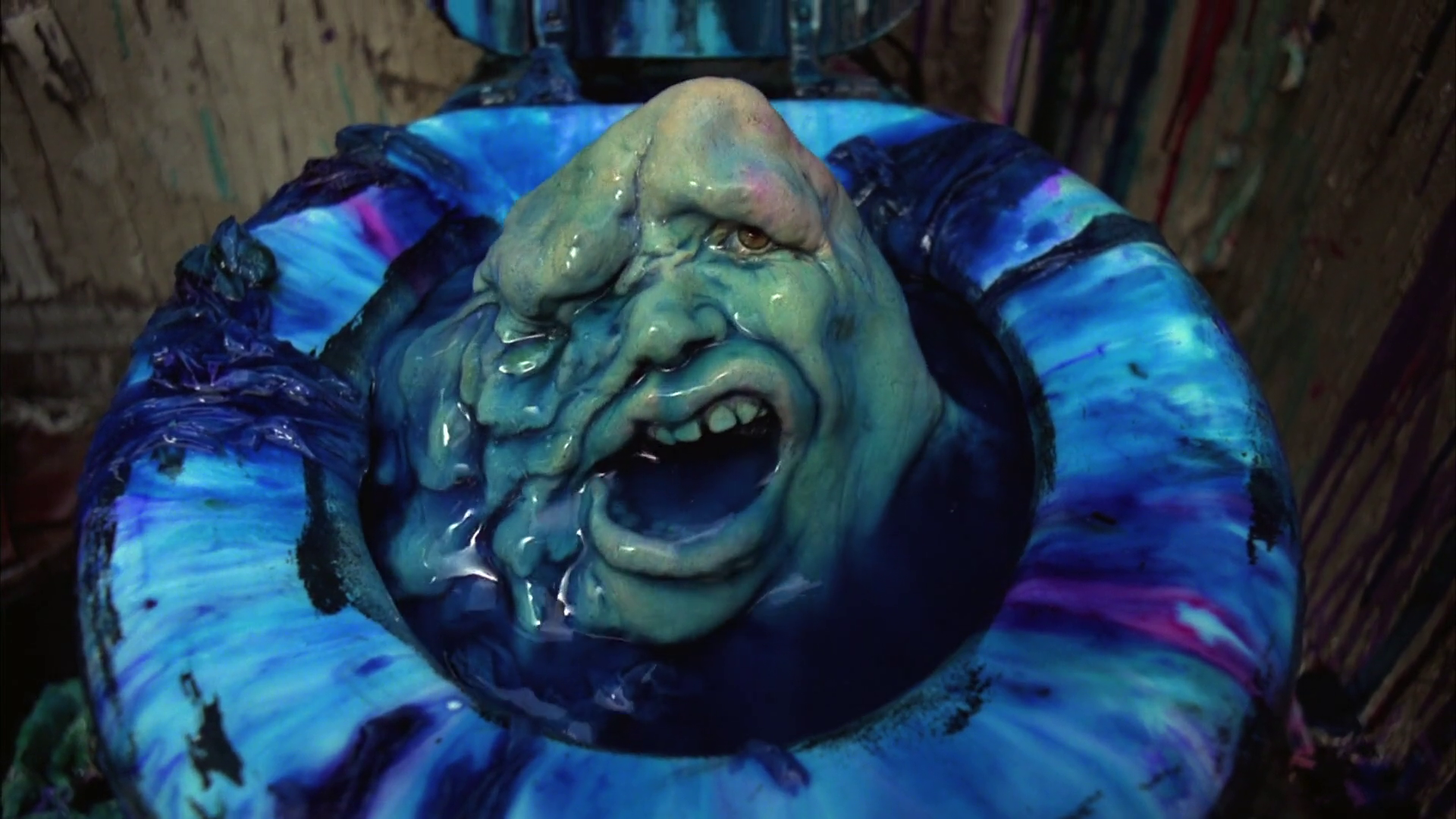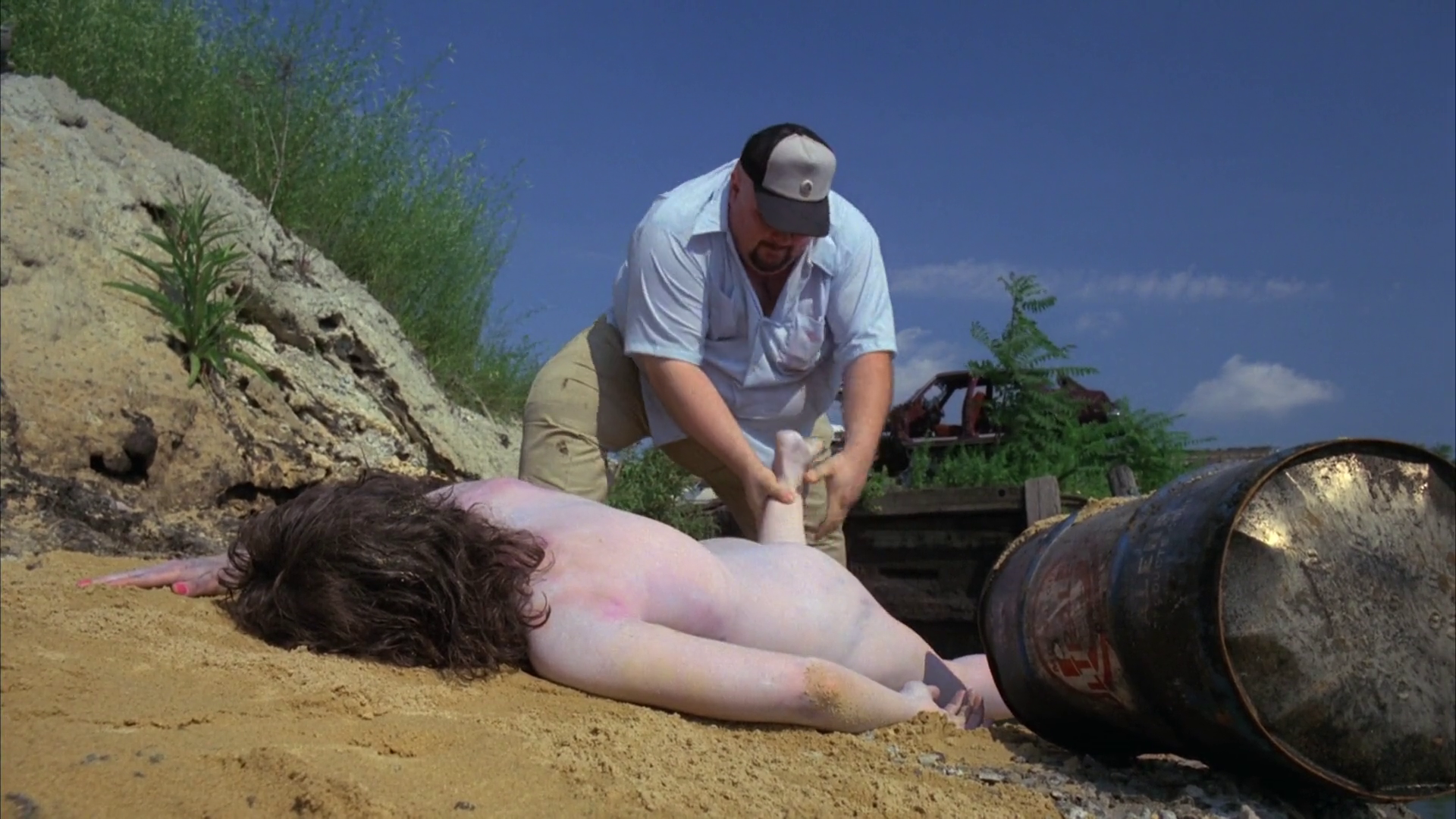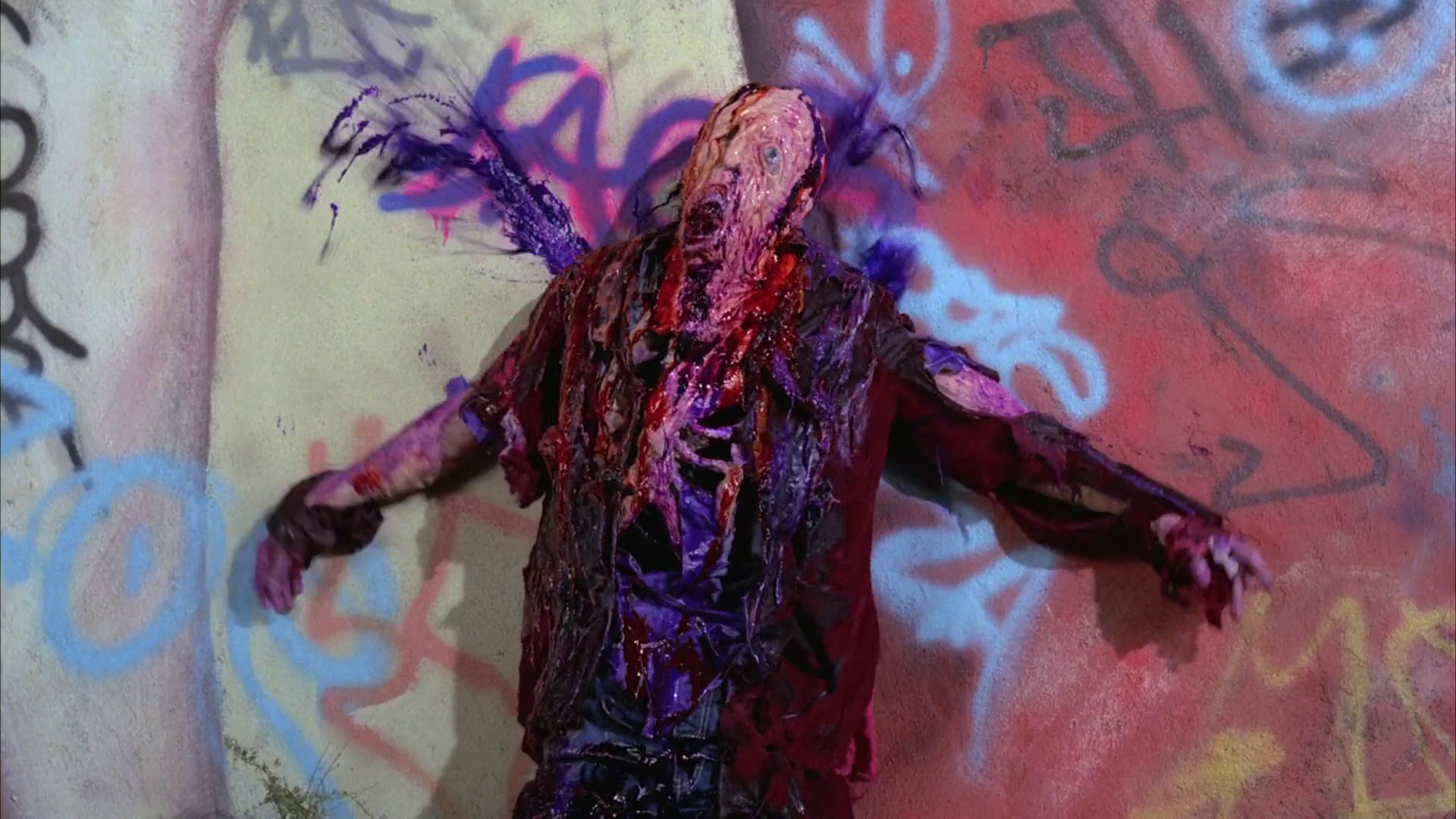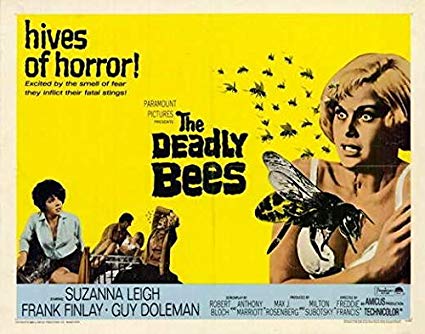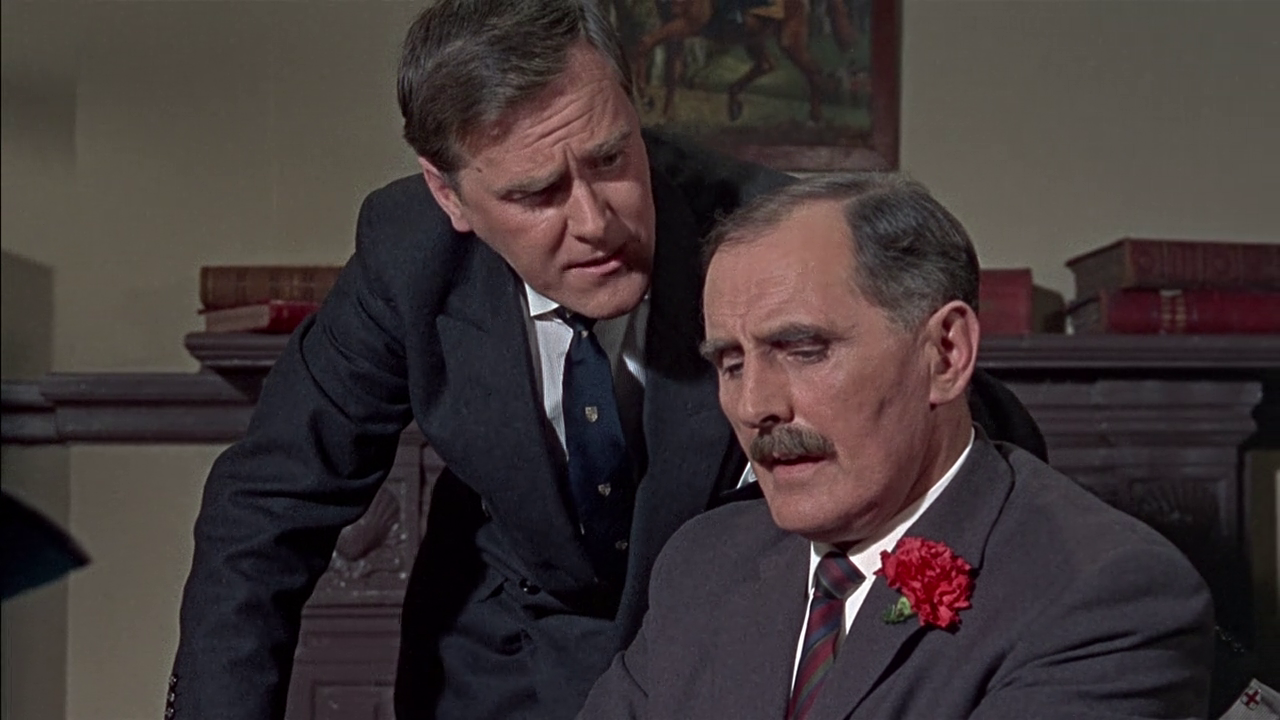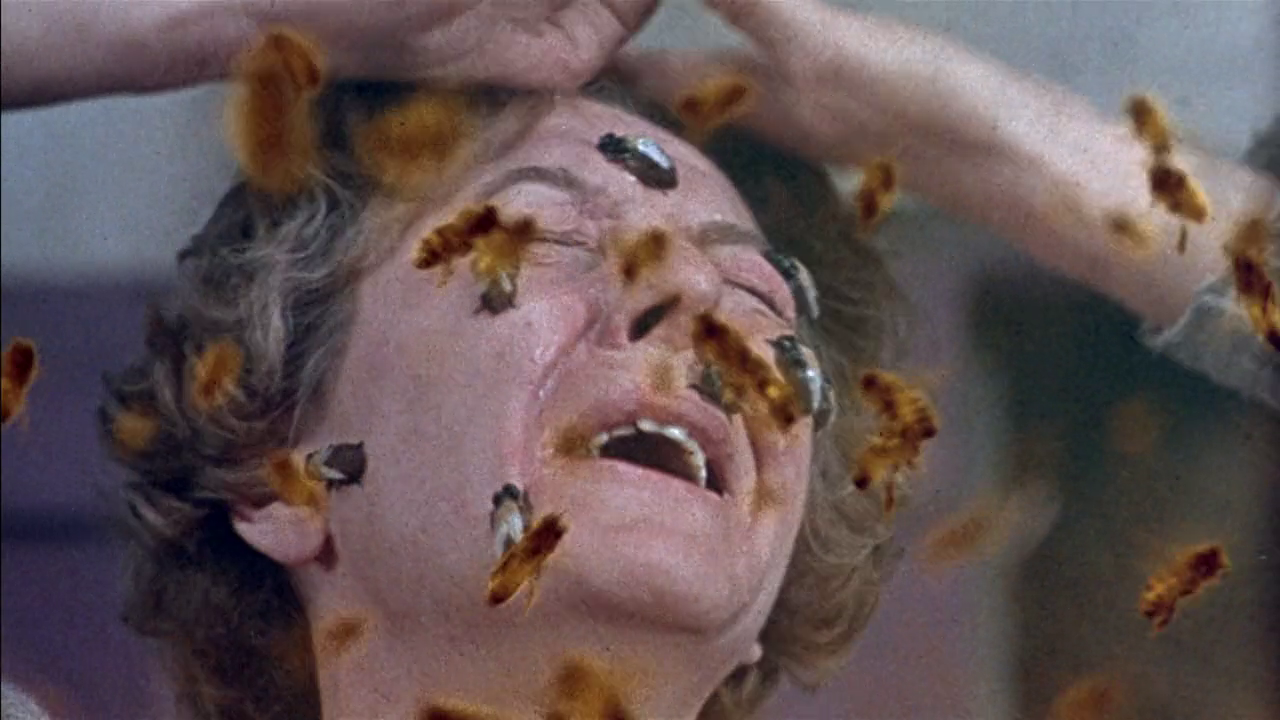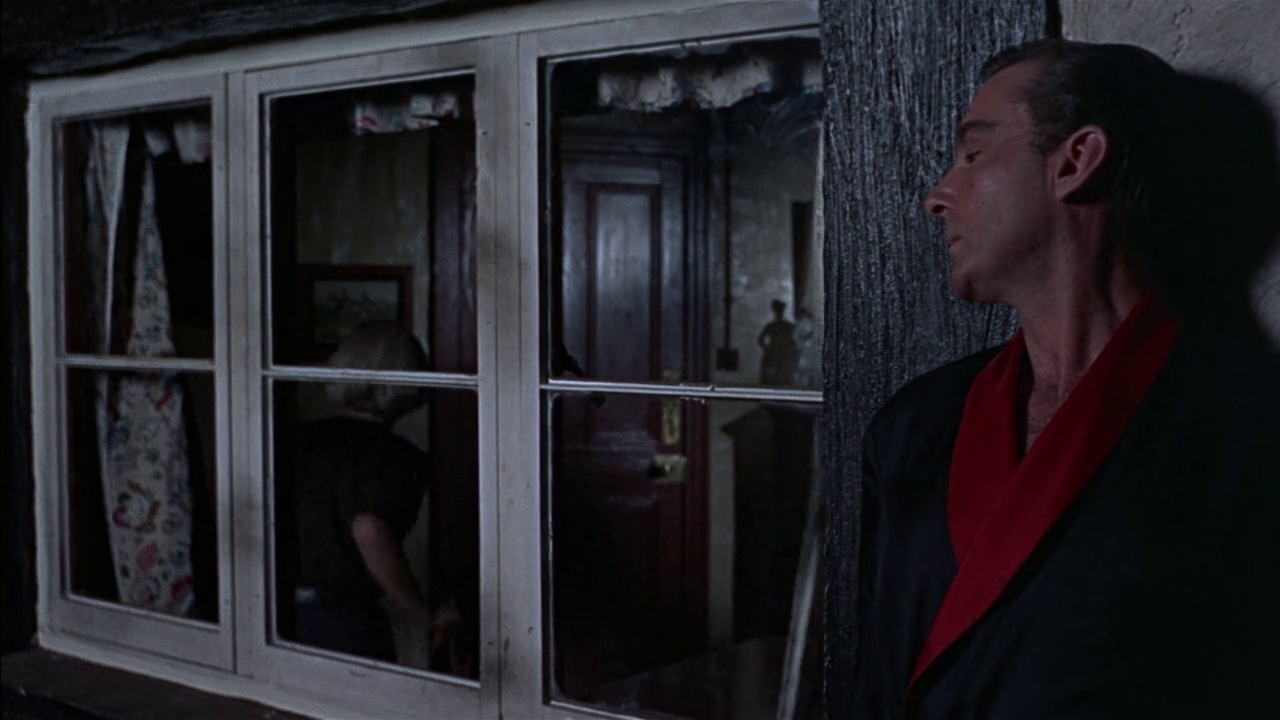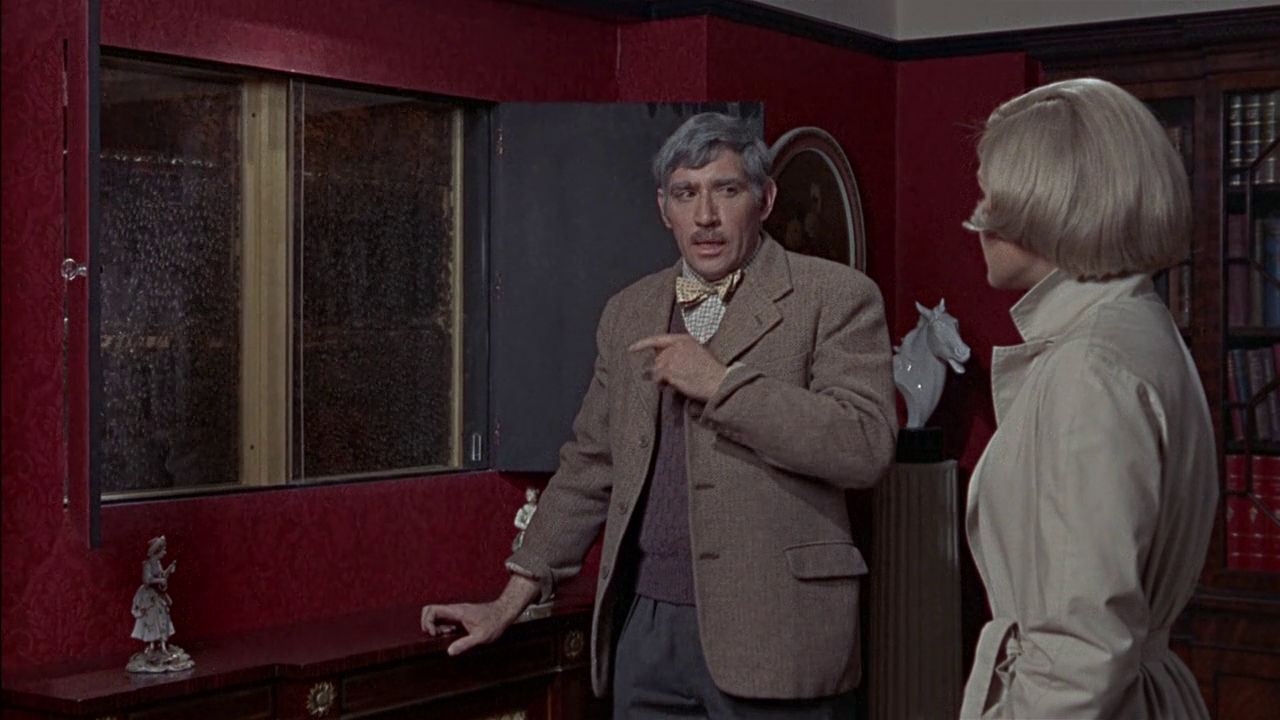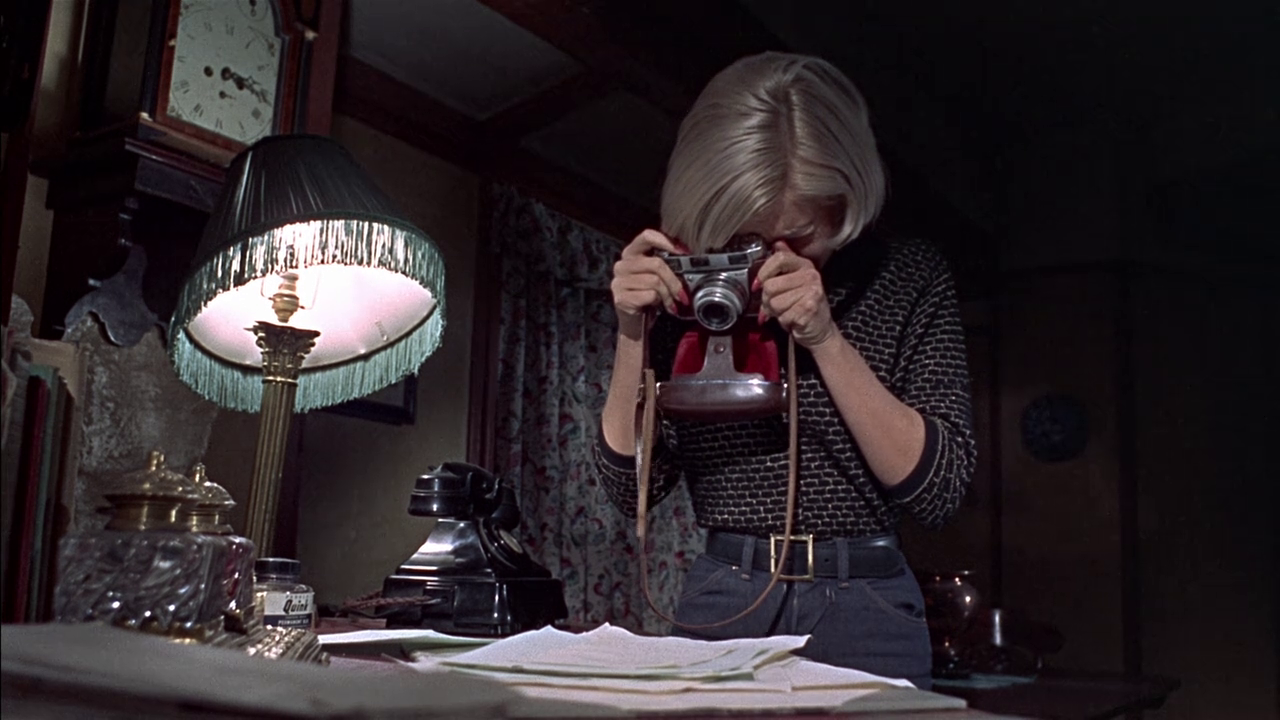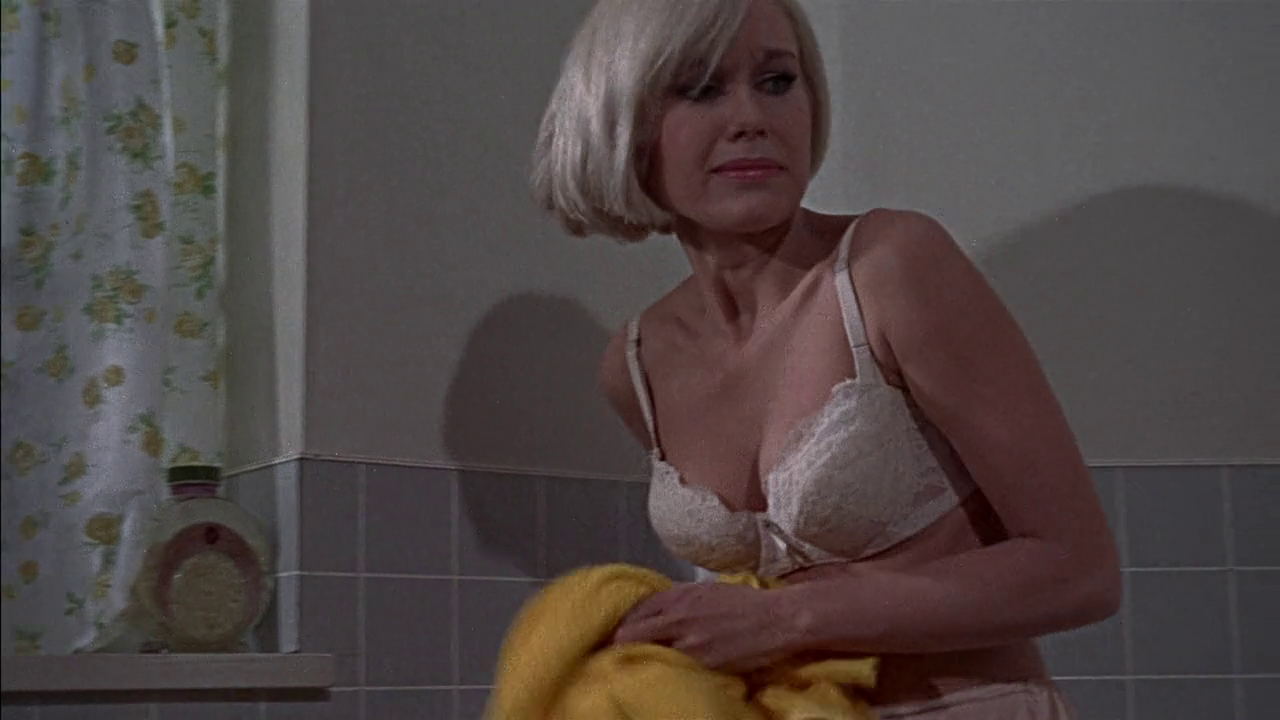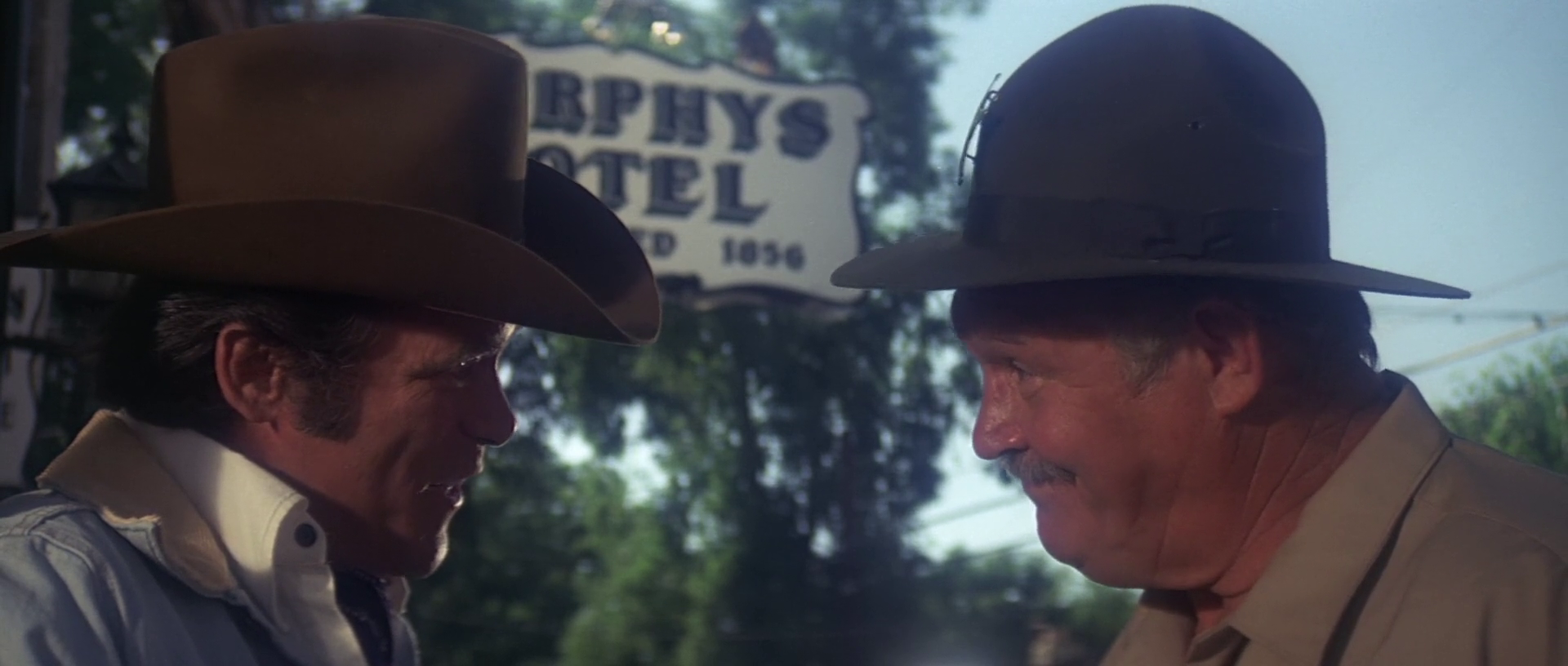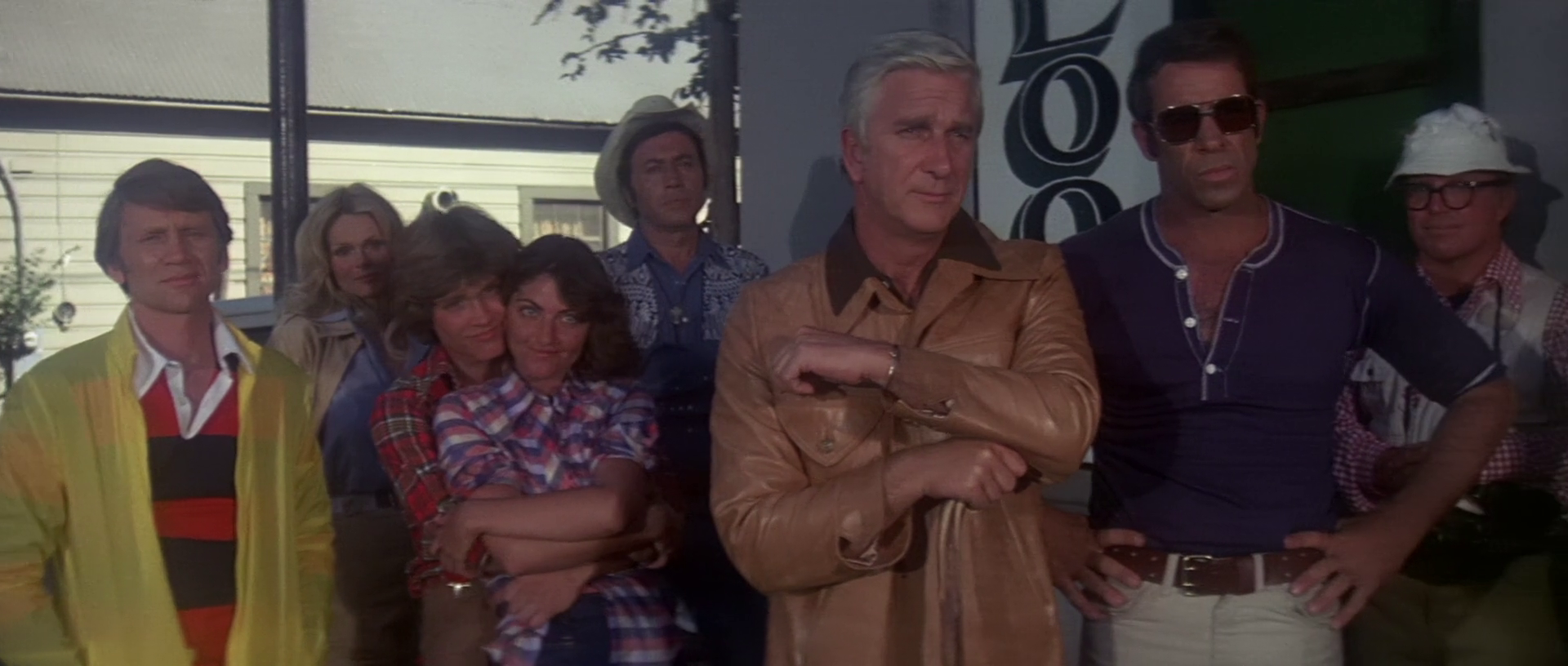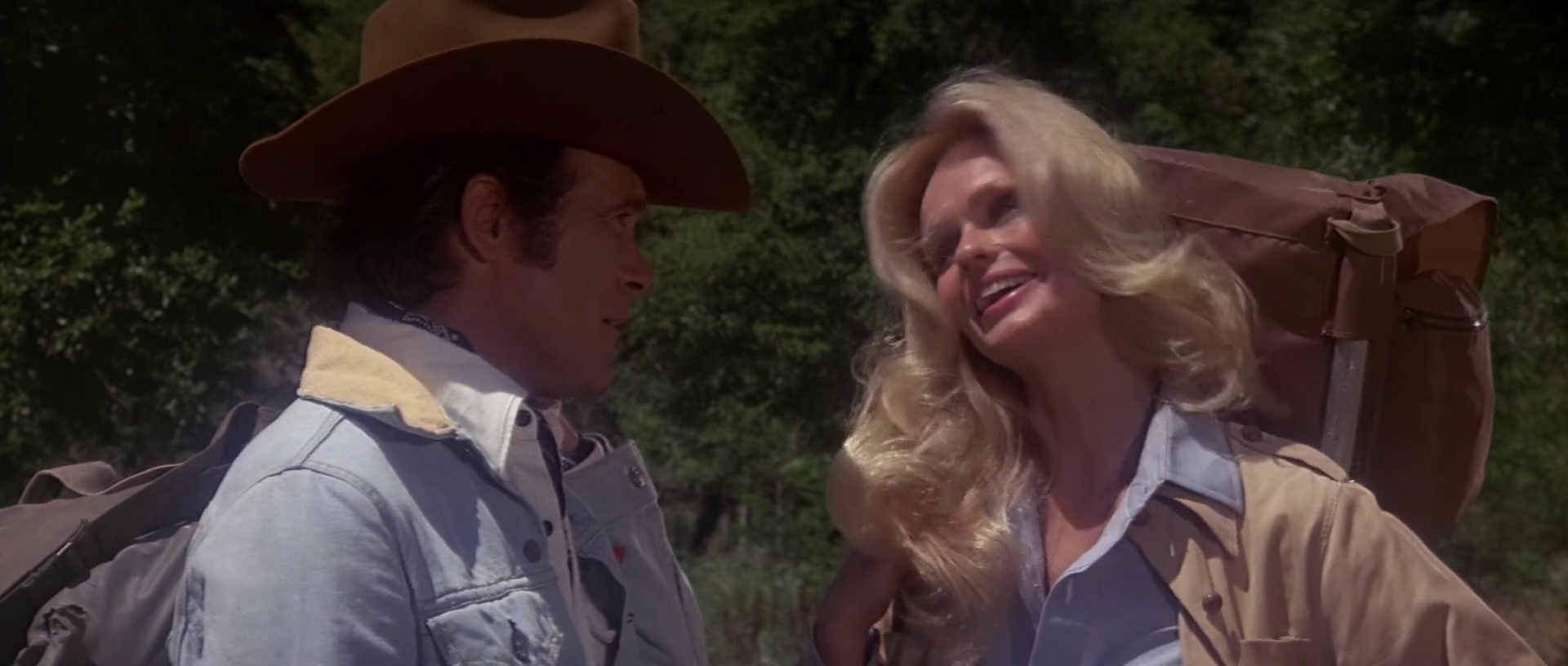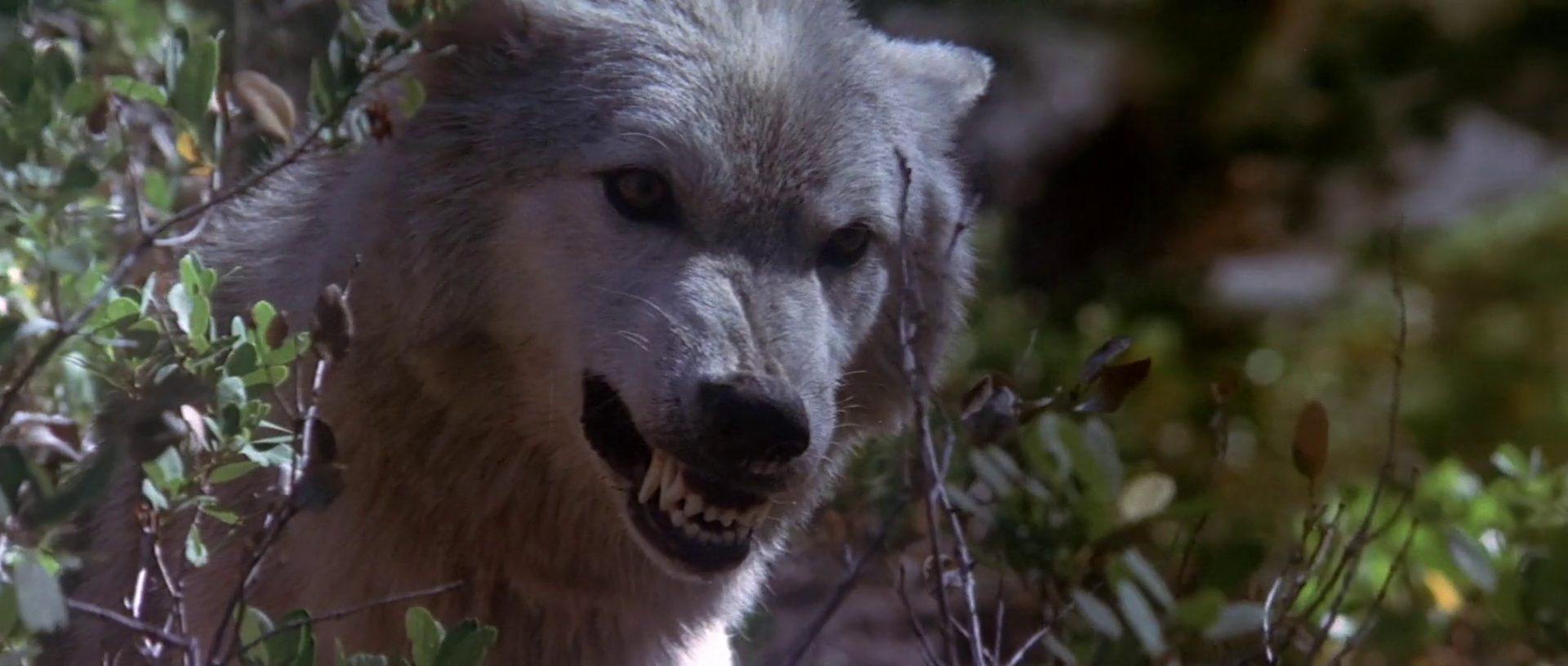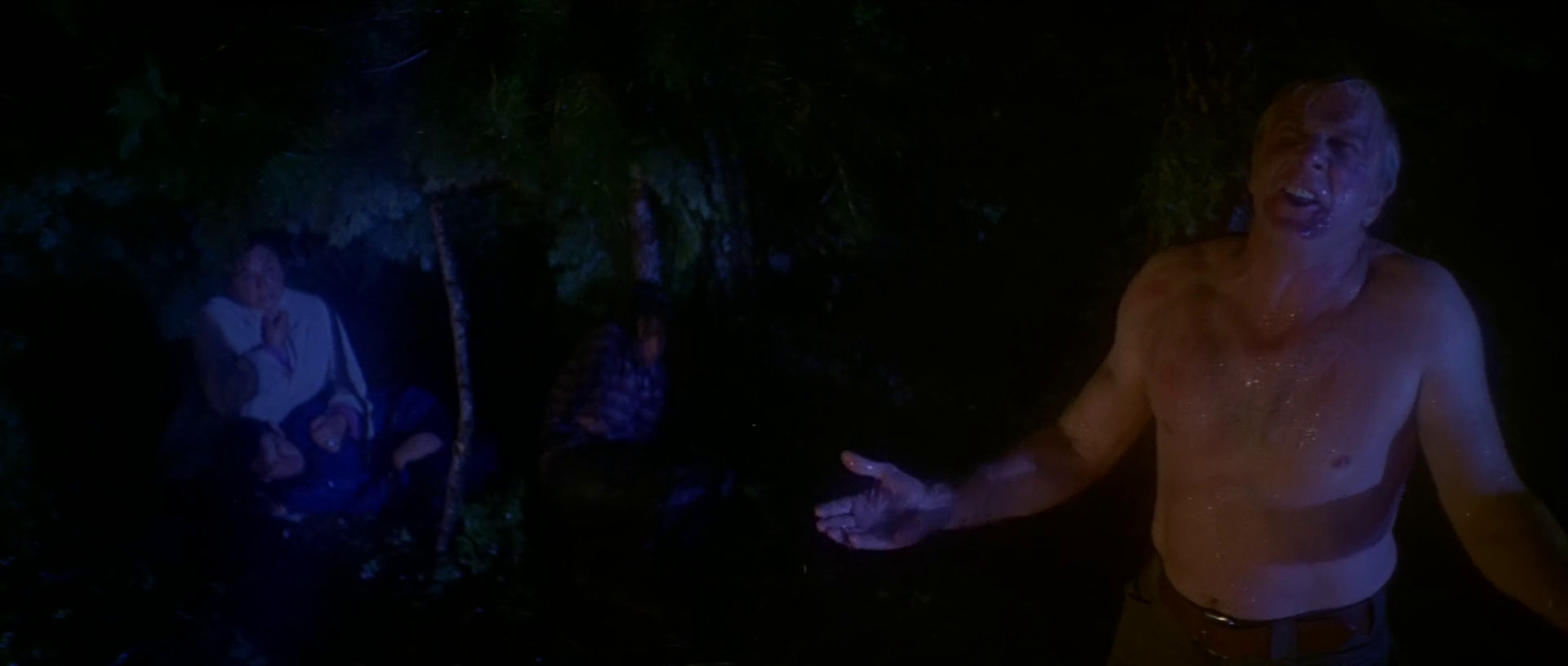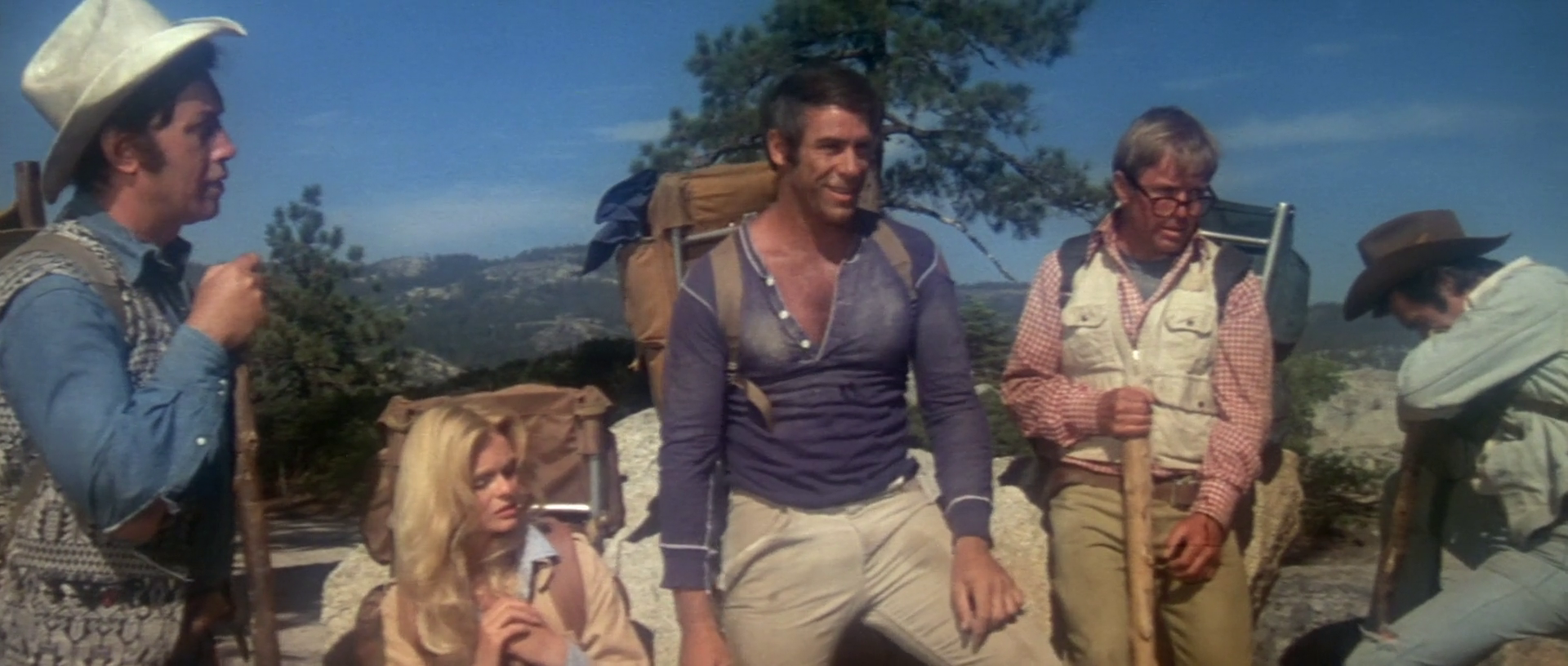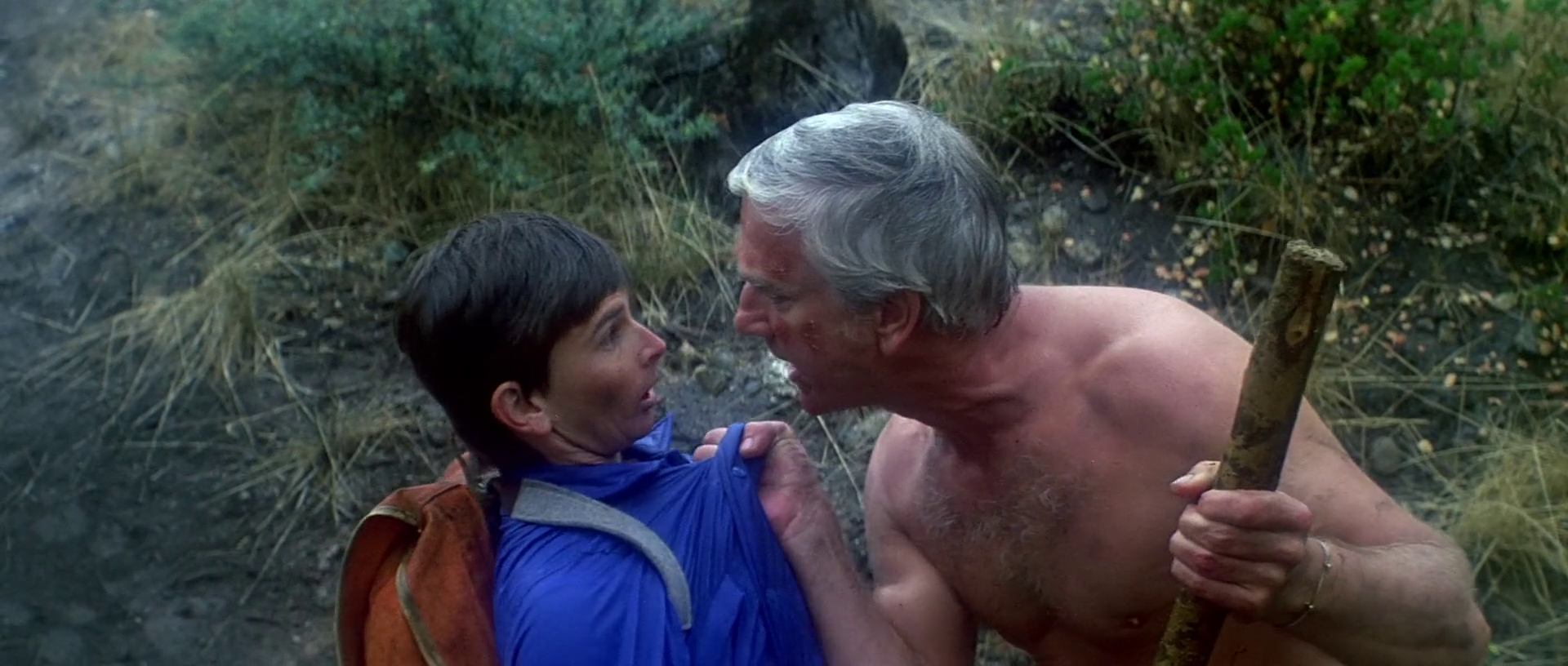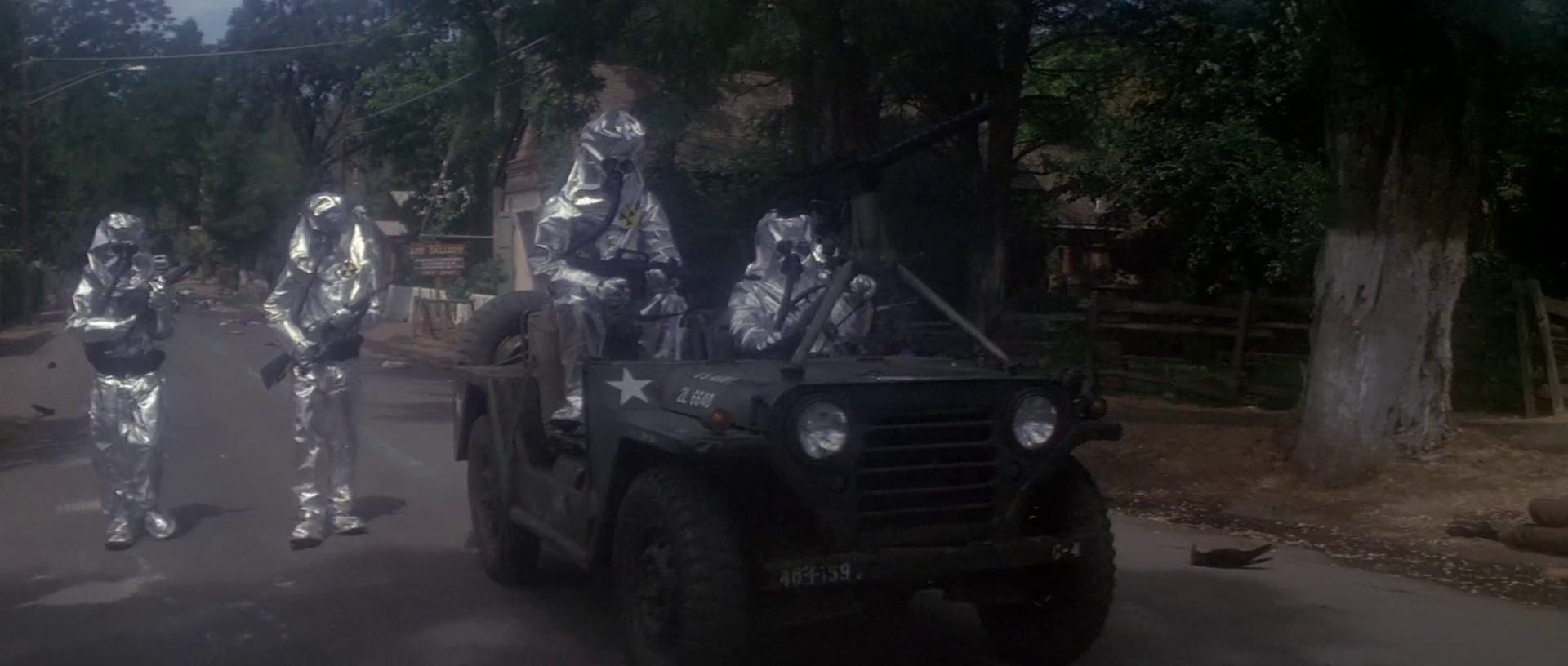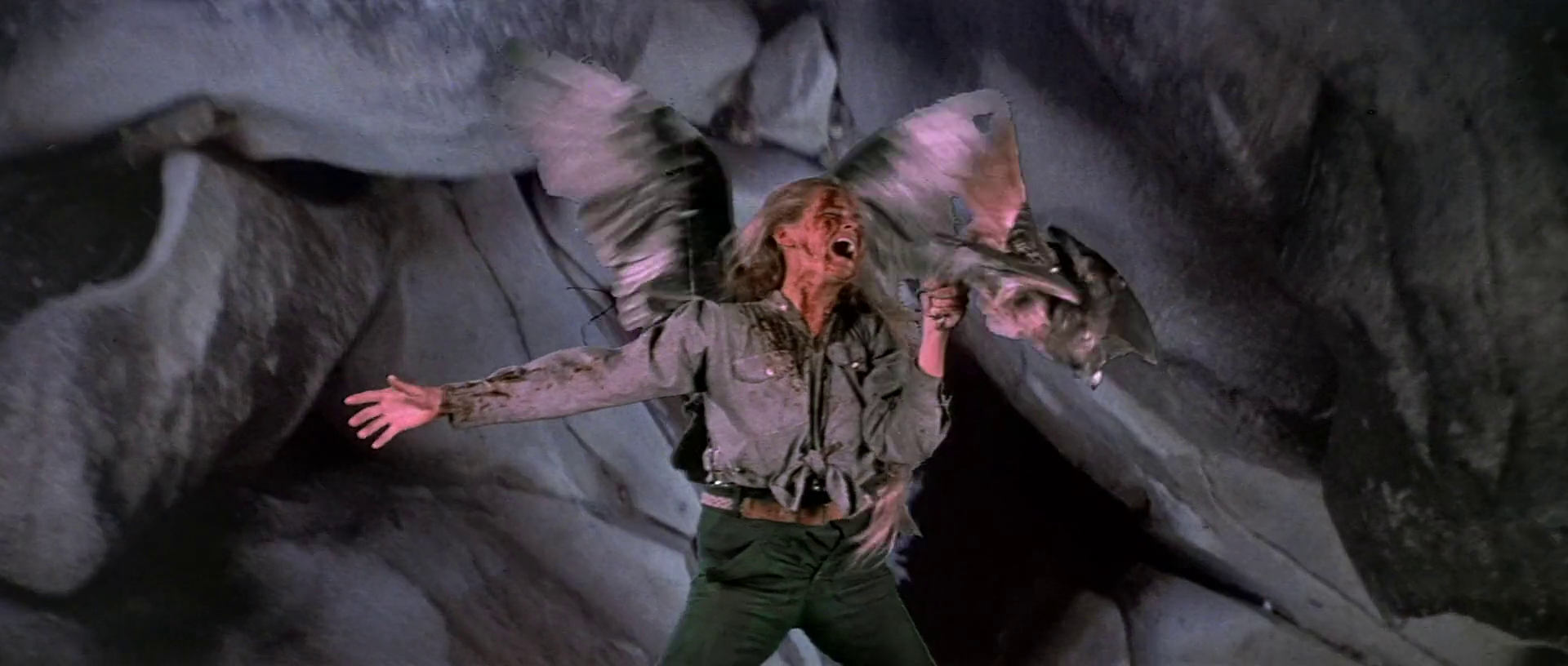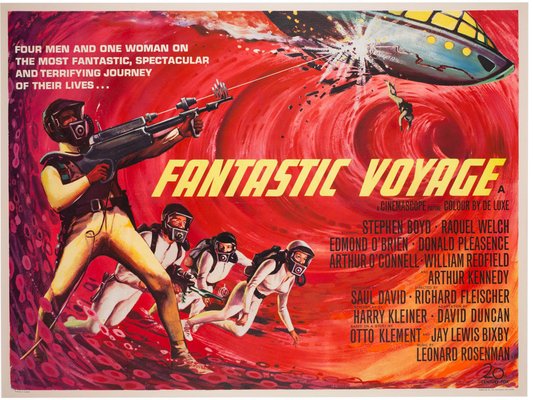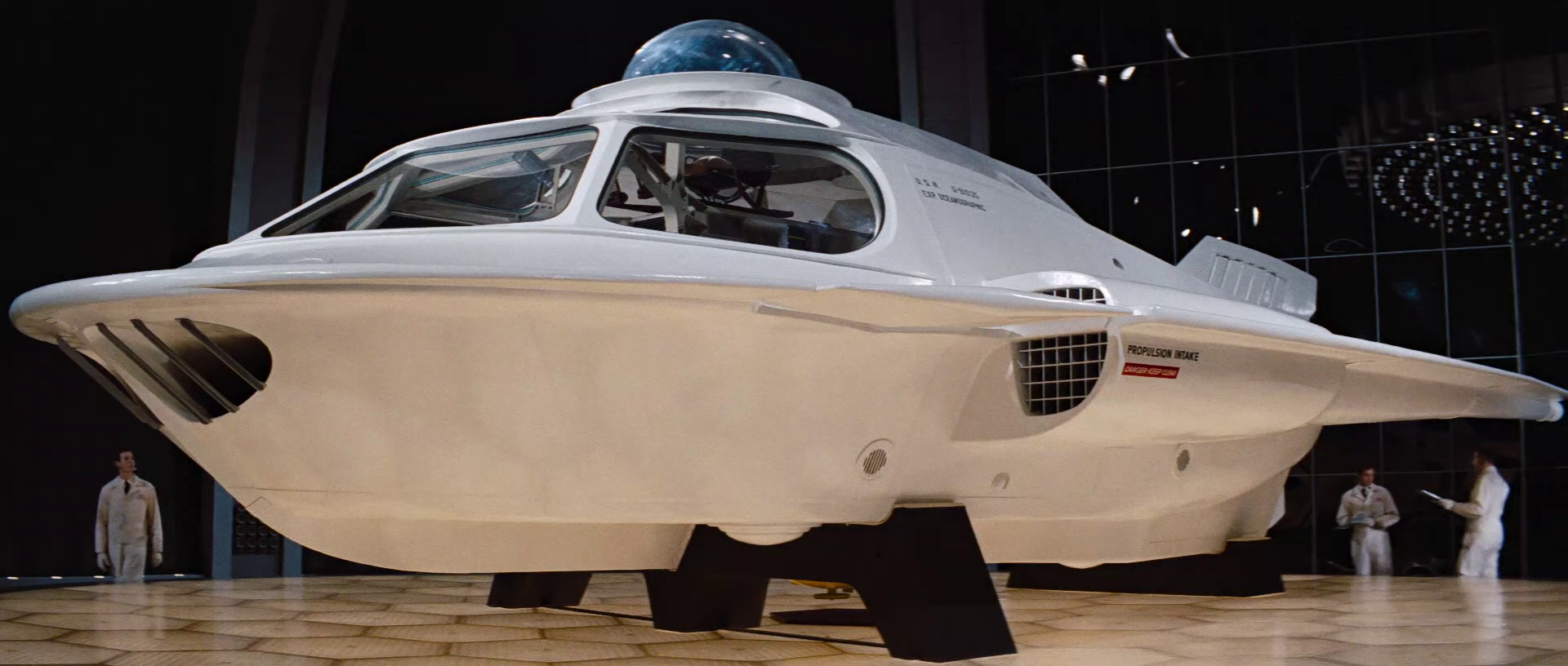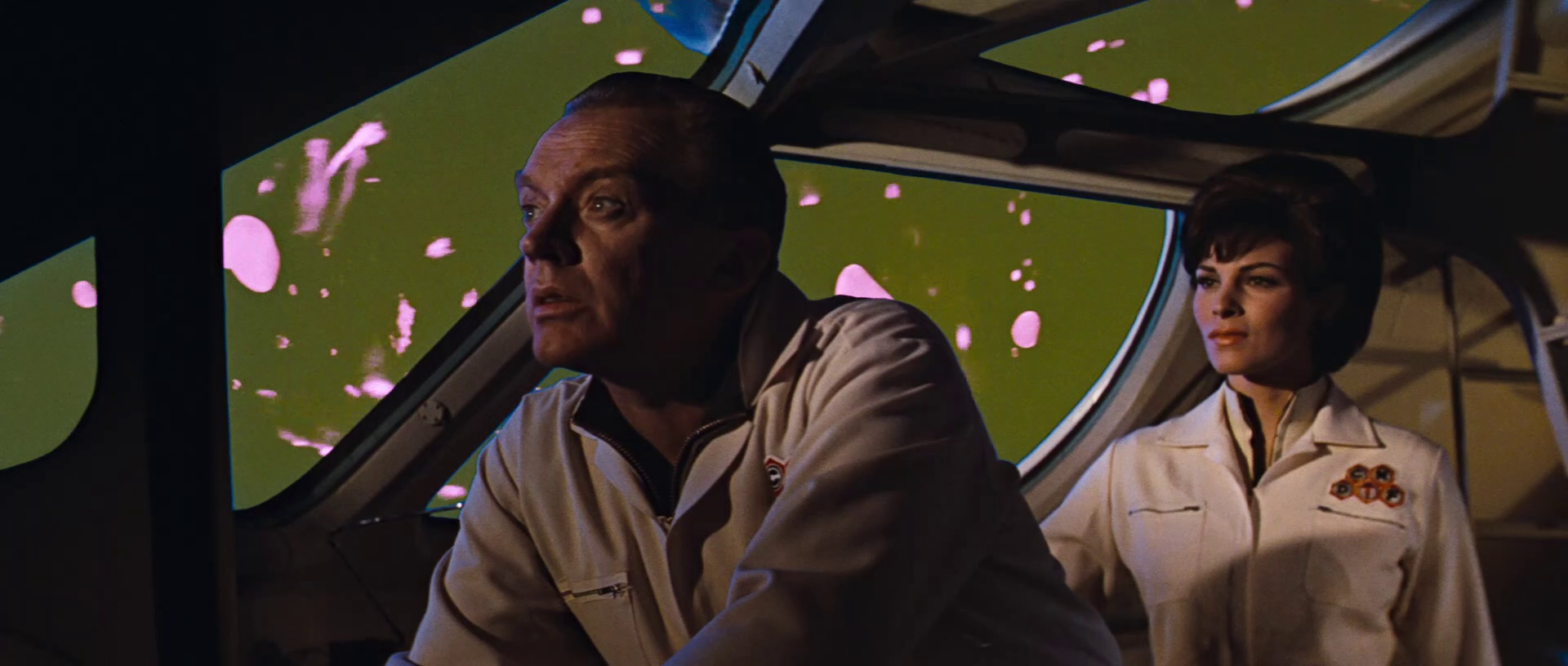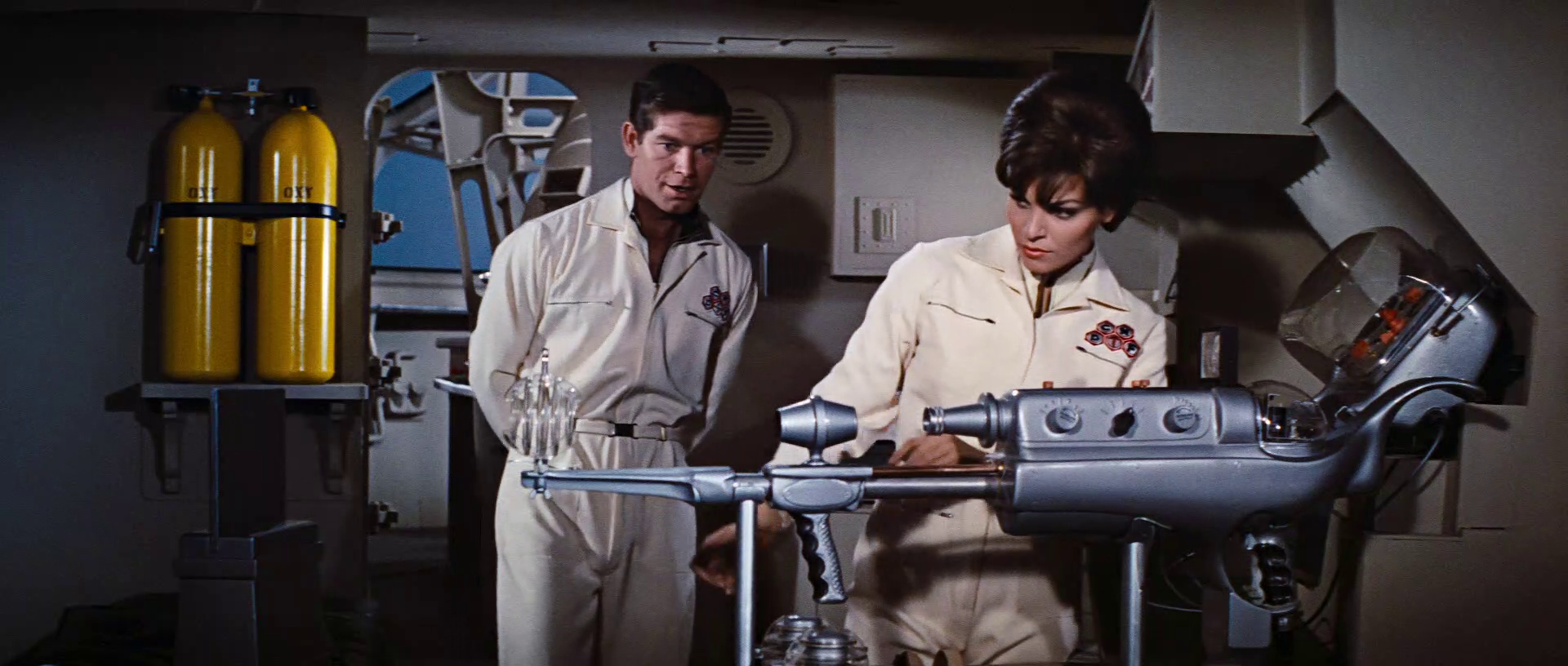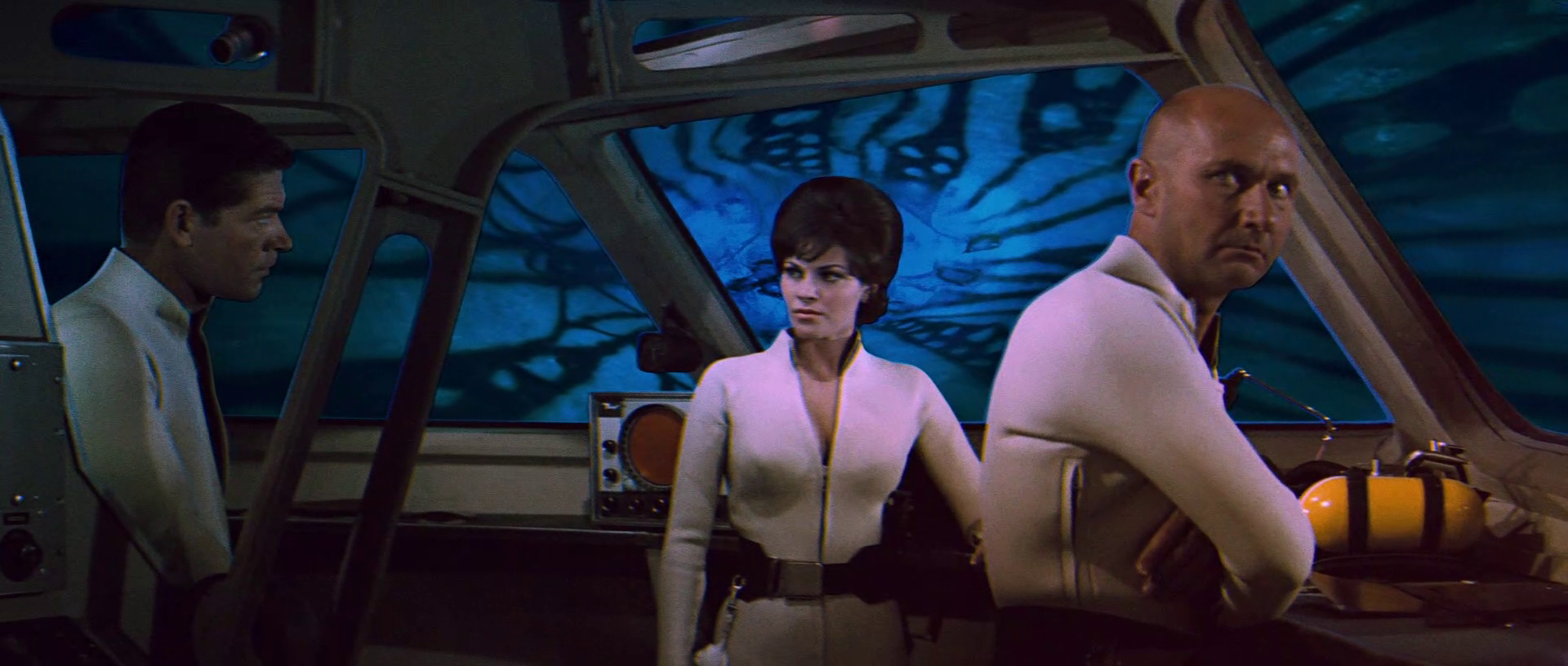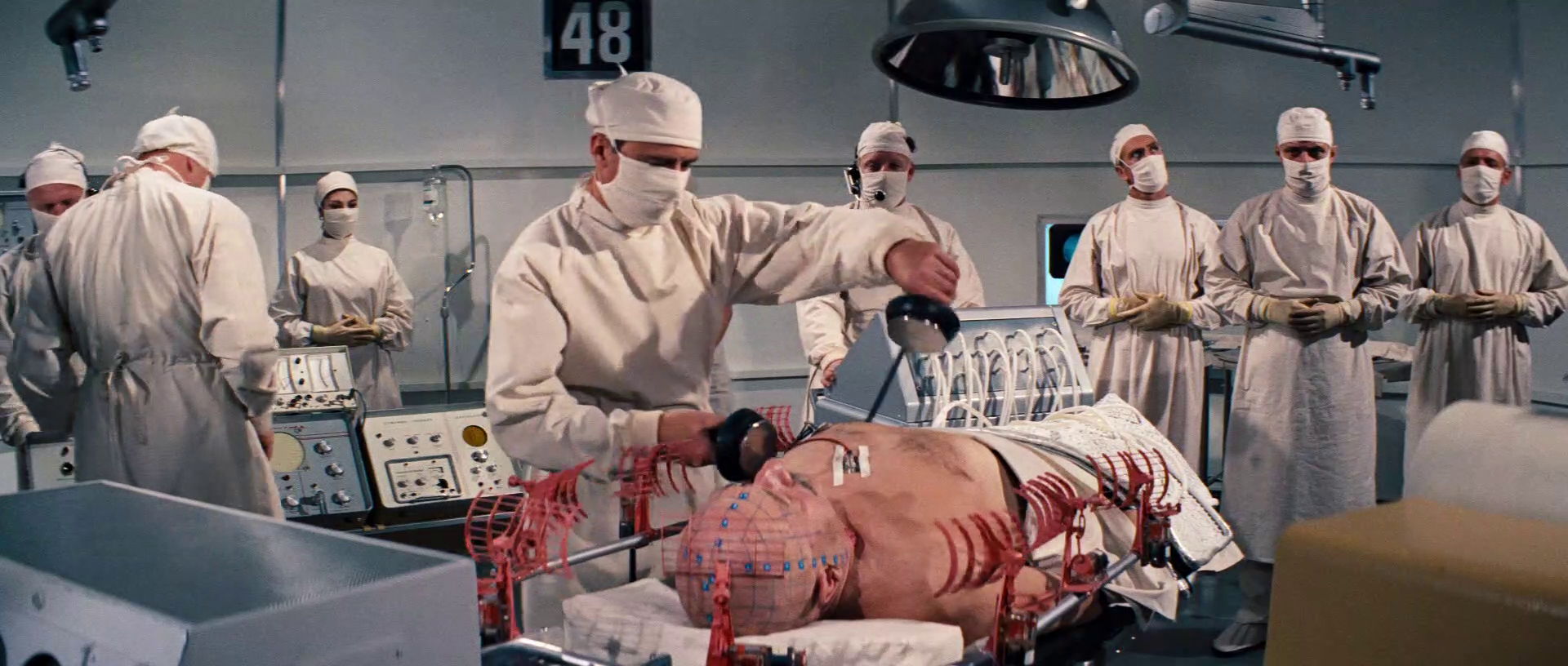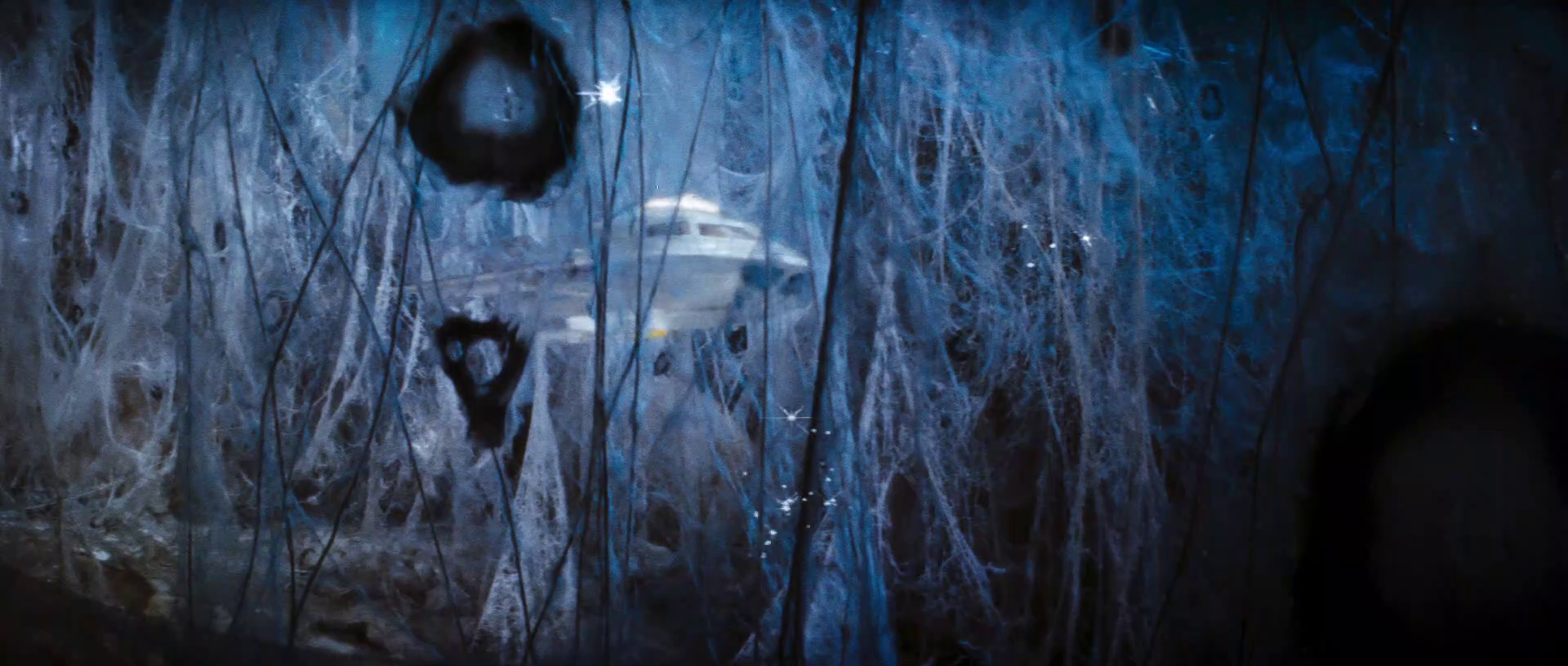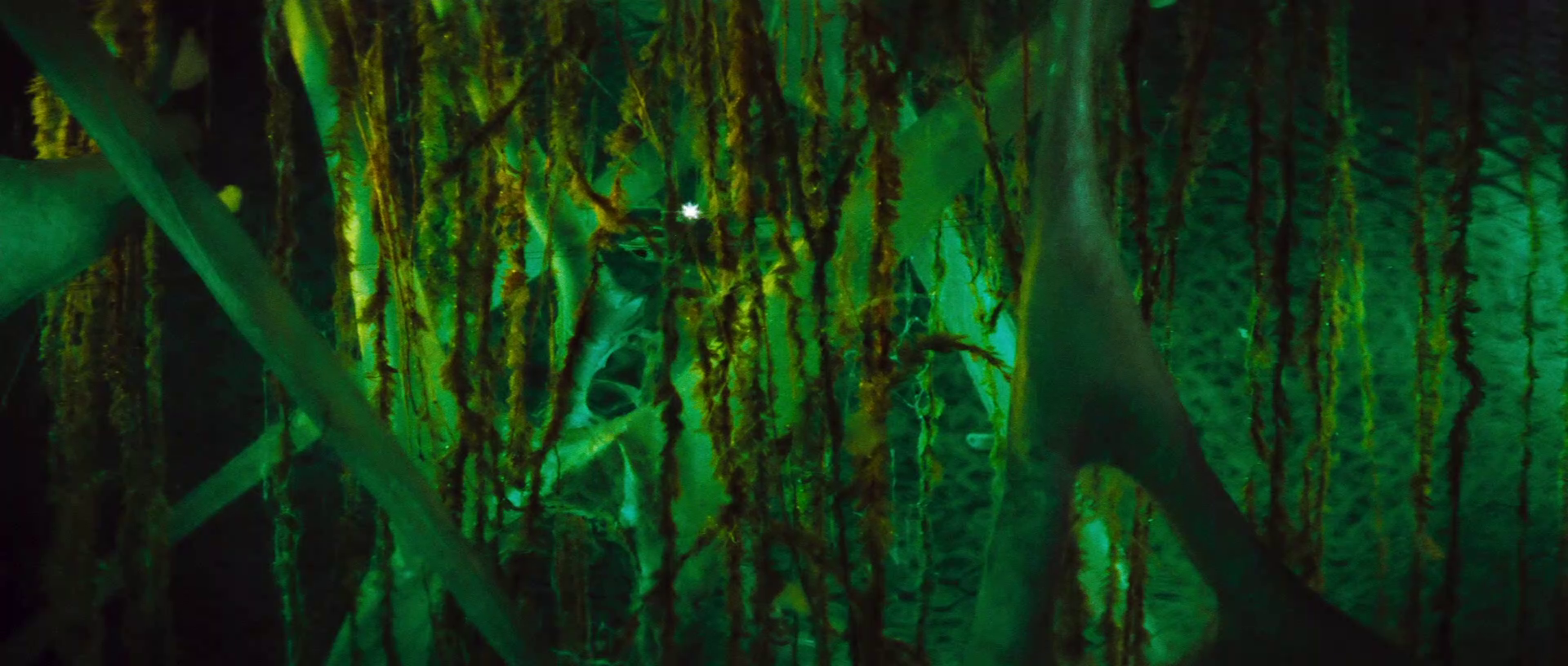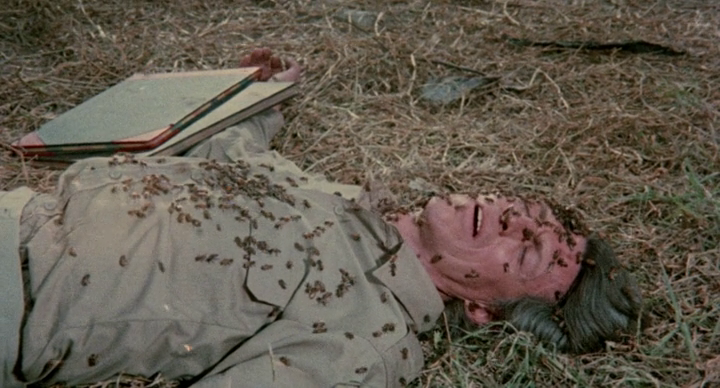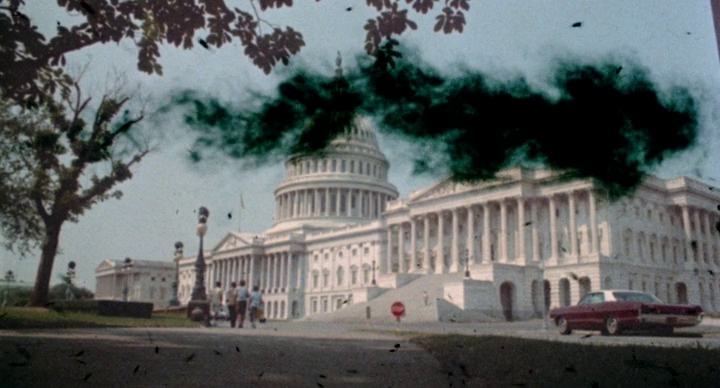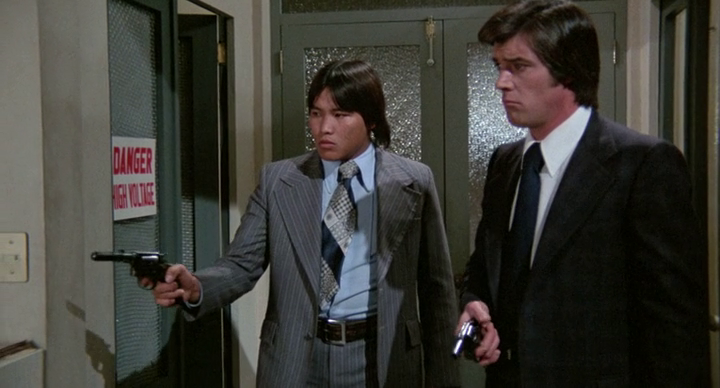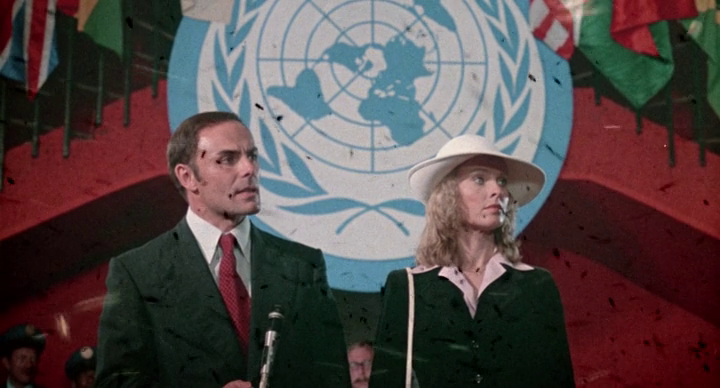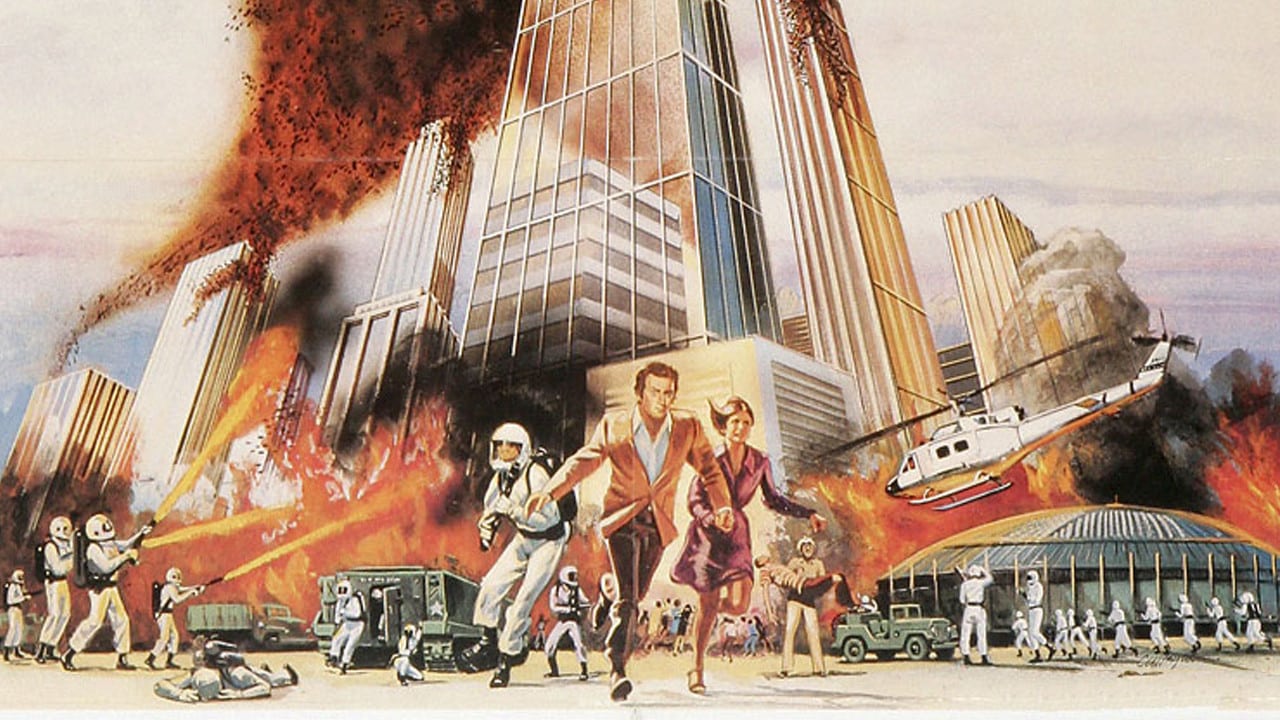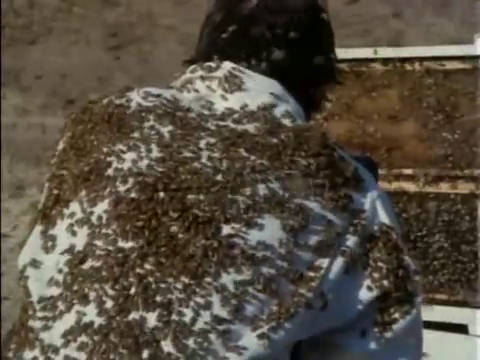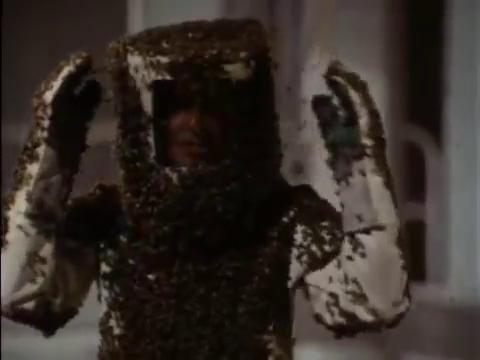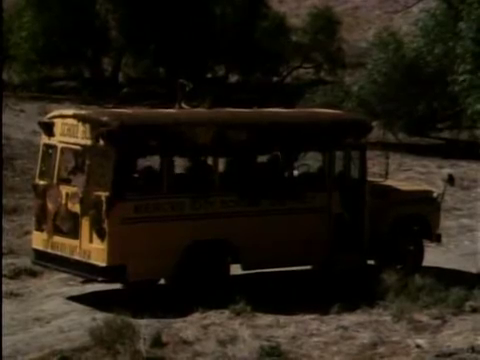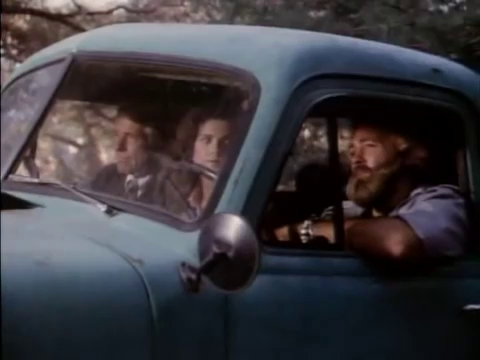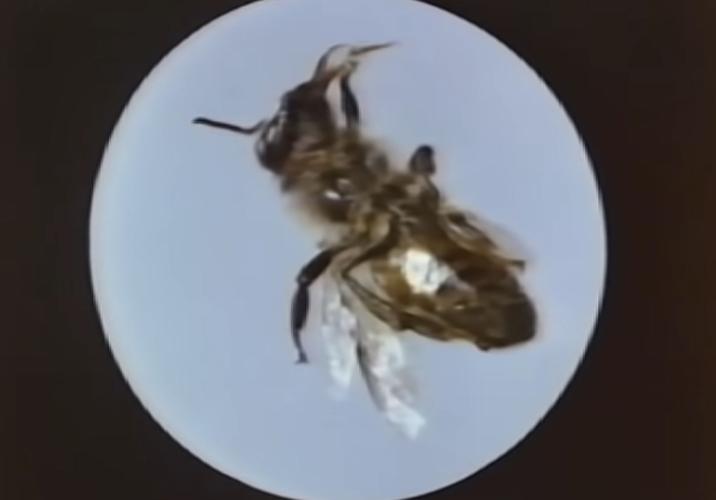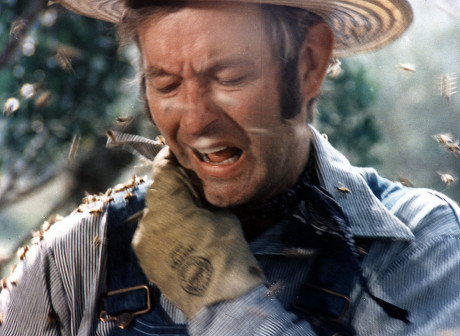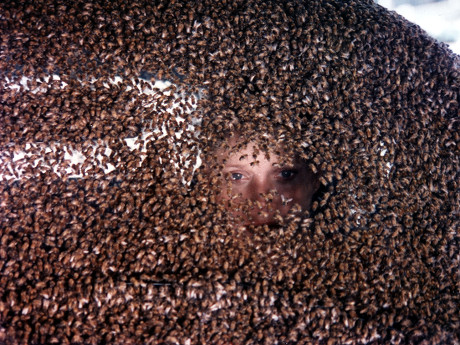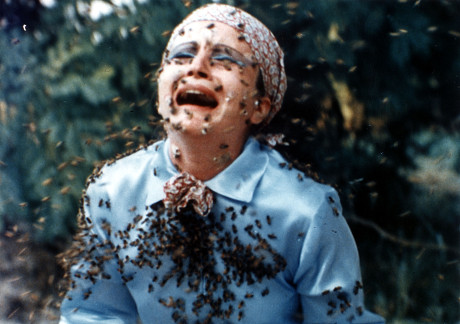When it comes to bringing the best of cinematic body horror to the big screen look no further than master filmmaker David Cronenberg, the man behind the likes of Scanners, Videodrome and The Fly, unfortunately, the film we are looking at today was not directed by one of Canada’s greatest filmmakers, instead, by a great Steadicam operator whose singular movie credit as a director featured a bunch of hobos playing hot-potato with a man’s severed penis, "Who is to say that art is dead?"
Aren’t homeless people the worst? Well, at least that’s the impression I believe producer/writer Roy Frumkes’ Street Trash was trying to purvey with this film, in an offering that falls – or should I say drips – into the weird subgenre of horror films known as "melt movies" in a project that Frumkes made quite clear was made with the intent “To democratically offend every group on the planet." I must say if that was his primary goal I’d say he came very close to achieving it, now, if his goal had been to provide a movie with a coherent plot and well-rounded characters for the viewer to become invested in, and if that was the case he failed miserably, and I mean drastically so. The story, if what we find on display here can be considered as such, deals with a population of homeless people who have taken over a remote corner of a junkyard, with Fred (Mike Lackey) having built himself a home inside a pile of tires and junk – think of the hideout the kids had in the popular Alfred Hitchcock Three Investigators book series but only grosser – while having a hard time connecting with his younger brother Kevin (Mark Sferrazza), who's nursing a crush on beleaguered junkyard employee Wendy (Jane Arakawa), and poor Wendy has to deal with the sexual advances of her slobbish boss Frank (Pat Ryan), the kind of man who probably considers sexual harassment videos as nothing more than “How To” material.
Note: Attempted rape as comedy is a really hard thing to pull off, even if your film is ostensibly a black comedy, and Roy Frumkes and J. Michael Muro fail to bridge this gap and the result is not only tasteless but unfunny.
We also have a psychotic Vietnam vet named Bronson (Vic Noto) who rules the area atop a makeshift throne while occasionally suffering from nasty Vietnam flashbacks, and just in case that wasn’t enough to illustrate just how crazy this man is he also has a knife made from a human femur, but it’s his violent actions towards the more upstanding members of the population that draws the attention of a police detective (Bill Chepil) who has made it his personal mission to bring this monster down. The idea of the police only getting involved once the violence spills over to the “respectable” citizens could have been a nice thematic story element to illustrate the disparity of the classes and how poorly society treats its forgotten members but that is not this movie. This movie has a liquor store owner Ed (M. D'Jango Krunch) discovering an old crate of expired booze called "Tenafly Viper" and one sip of this liquor causes the partaker to melt into a puddle of vibrantly coloured goo.
This would make for a great PSA about the dangers of drinking.
As mentioned, Roy Frumkes’ Street Trash is not a plot-driven movie, it's more a collection of nasty vignettes that are occasionally interrupted by truly amazing special make-up effects sequences of some poor slob horribly melting, and there is no startling reveal that "Tenafly Viper" was actually some secret government project to “take care of the homeless situation” or a bi-product of an alien invasion like in Larry Cohen’s The Stuff, what the melting booze is in this film is actually what it appears to be, a liquor that had really gone past its “Best Before Date” and kills anyone who imbibes. It’s these moments of utter glorious grotesqueness that has made this film’s reputation, and make-up effects artist Jennifer Aspinall and Scott Coulter both do fantastic work here, but the rest of the film does live up to this element as most of the running time deals with even more distasteful moments, such as a woman being gang-raped to death by a group of homeless men only to later have her corpse raped by the junkyard owner.
Maybe we could have had more melting people and a little less rape.
Stray Observations:
• The word "fuck" is spoken 128 times in this movie but this is neither a Quentin Tarantino nor Martin Scorsese film, so what’s the deal?
• Director J. Michael Muro gives us a lot of nudity to go along with the gore, and we see both female and male full-frontal nudity, so you can call Muro’s film a lot of things, but sexist isn’t one of them. Wait, I take that back, this film is sexist, racist and pretty much any other ist you can think of.
• We see the police medical examiner casually eating his lunch next to a body because that’s a cliché that will never ever die.
• The police can’t seem to pin any crime on the crazed Bronson, despite him murdering a man in broad daylight in front of multiple witnesses, including the victim’s wife. Now, I’m not implying the police in this movie are bad at their jobs, what I am saying is that the writer of this film was really bad at his.
• One of the junkyard bums explodes like Mister Creosote in Monty Python’s The Meaning of Life, which only made me wish I’d been watching that film instead of this thing.
Note: One of the homeless men who partake of "Tenafly Viper" melts in much the same way as Leon did in Robocop, which came out the very same year as Street Trash.
Clearly, I was not the target audience for this film, I’m still fuzzy on exactly who this movie was made for but if I never encounter any fans of this film during my lifetime I will die happy. My first viewing of this movie was during a 24-hour bad movie marathon and I didn’t like it then and a decade or so later I still find the film to be appalling bad and literally unwatchable at times, yet that is not to say there isn’t anything good to be found in this movie, the cinematography by David Sperling is quite excellent and the aforementioned make-effects are really quite impressive for on what must have been a very low budget, it’s just hard to recommend a film based solely on those elements alone. This is a cult film that seems eager to offend its viewers, almost unabashedly so, but unlike most “good” cult films Steet Trash does not provide the crazy fun one would hope to find in this kind of offering.
